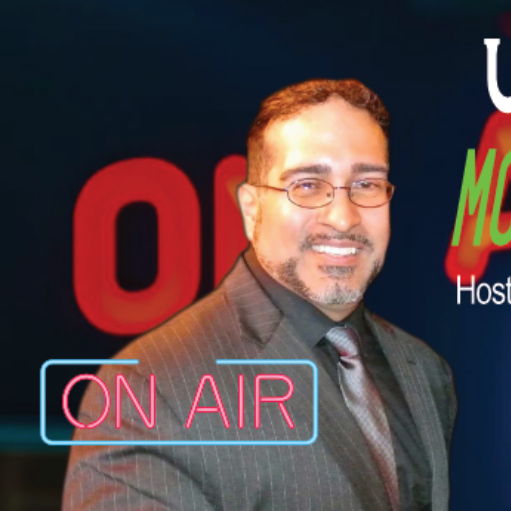More, this form an unnamed White House official:
-
A 10% baseline tariff will be imposed on all countries, with higher reciprocal tariffs for the worst offenders.
-
Countries will be charged half of the calculated reciprocal tariff rate, which considers both tariffs and non-tariff barriers.
-
Products covered by Section 232 tariffs (autos, steel, aluminum, copper, lumber) will be excluded.
-
Trump plans to declare a national emergency due to national and economic security concerns related to U.S. trade deficits.
-
Tariffs on Canada and Mexico related to fentanyl and migration will remain in place as long as those issues persist.
-
An executive order will specify reciprocal tariffs by country.
-
The tariff system includes a baseline floor for all countries to prevent circumvention.
-
The baseline tariff rate will take effect on April 5 at 12:01 a.m.
-
Reciprocal tariffs will take effect on April 9 at 12:01 a.m.
-
It will likely take a long time for other countries to remove non-tariff trade barriers.
-
Trump also plans sector-specific tariffs for semiconductors, pharmaceuticals, and possibly critical minerals, which will not be part of the new tariff regime.
-
Around 60 countries are on the “worst offender” list.
-
The tariffs are being implemented under the International Emergency Economic Powers Act (IEEPA).
-
Trump will respond to retaliation from other countries to ensure the emergency order remains effective.
-
Goods from Mexico and Canada that comply with the USMCA will continue to be exempt.
-
USMCA-compliant goods will also remain exempt from tariffs tied to fentanyl-related issues.
-
Post–World War II institutions are considered “no longer fit for our times and our economic situation.”
This article was written by Eamonn Sheridan at www.forexlive.com.
